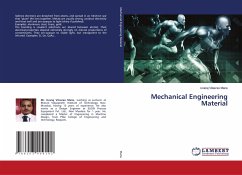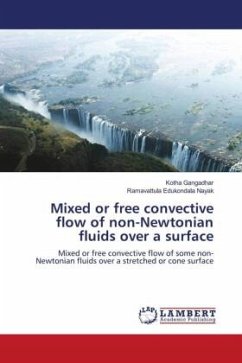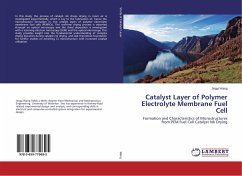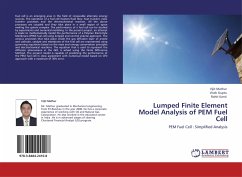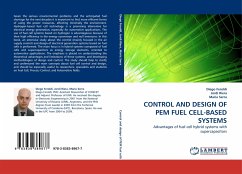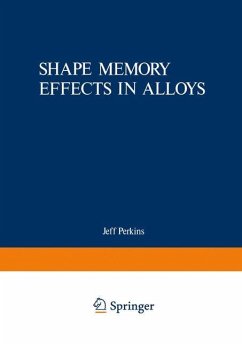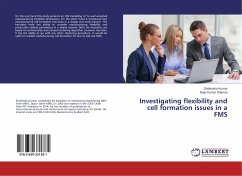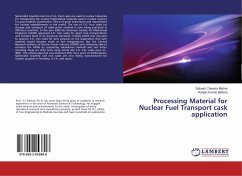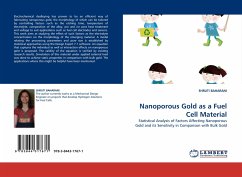
Nanoporous Gold as a Fuel Cell Material
Statistical Analysis of Factors Affecting Nanoporous Gold and its Sensitivity in Comparison with Bulk Gold
Versandkostenfrei!
Versandfertig in 6-10 Tagen
32,99 €
inkl. MwSt.

PAYBACK Punkte
16 °P sammeln!
Electrochemical dealloying has proven to be an efficient way of fabricating nanoporous gold, the morphology of which can be tailored by controlling factors such as the etching time, temperature of electrolyte, composition of the alloy, pre and /or post heat treatment and voltage to suit applications such as fuel cell electrodes and sensors. This work aims at studying the effect of such factors as the electrolyte concentration on the morphology of the emerging material. A model relating the processing parameters and pore size is established by statistical approaches using the Design Expert 7.1 ...
Electrochemical dealloying has proven to be an efficient way of fabricating nanoporous gold, the morphology of which can be tailored by controlling factors such as the etching time, temperature of electrolyte, composition of the alloy, pre and /or post heat treatment and voltage to suit applications such as fuel cell electrodes and sensors. This work aims at studying the effect of such factors as the electrolyte concentration on the morphology of the emerging material. A model relating the processing parameters and pore size is established by statistical approaches using the Design Expert 7.1 software. An equation that captures the individual as well as interaction effects on nanoporous gold is proposed. The validity of the equation is verified by existing research results. Simulation of this material under applied external load was done to achieve static properties in comparison with bulk gold. The applications where this might be helpful have been mentioned.



